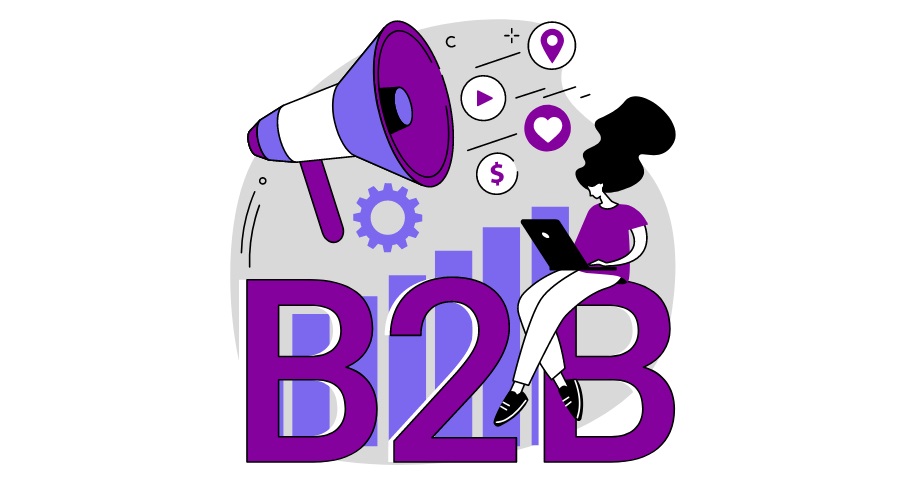Every website owner wants their website to rank well on search engines. And the often neglected title tags and meta descriptions are web page features that are essential to search engine optimisation and user experience. Though they are little, they know how to pack a punch.
However, many websites are plagued with common errors and missteps in their title tags and meta descriptions. This can lead to negative effects to your overall SEO strategy, therefore decreasing your online visibility. Don’t let this happen to your business! Read on to uncover common SEO page title and meta description mistakes that you can avoid:
The What & Why Of Title Tags & Meta Descriptions
Before we get any further, let’s make sure we are on the same page regarding what title tags and meta descriptions are.
Title tags specify the title of a webpage, which is then displayed on search engine results pages (SERPs) as the clickable headline for your webpage.
Meta descriptions provide a brief summary of the webpage content, also displayed in SERPs beneath the title tag, enticing users to click.
Title tags and meta descriptions are crucial for SEO and user experience. Title tags are a primary factor in helping search engines understand what a web page is about, and they significantly influence click-through rates from search results.
Meta descriptions, while not directly impacting search engine rankings, provide a concise summary of the page’s content, encouraging users to click through by offering a description of what to expect.
5 Mistakes People Make When Creating Title Tags & Meta Descriptions
1. Ignoring Character Limits
Title tags and meta descriptions with optimal character lengths ensure that the full message is displayed in search engine results, maximising the opportunity to attract clicks. If these elements are too long, key details or compelling reasons to click might be cut off. A good rule of thumb is to keep title tags under 60 characters, and meta descriptions around 155 characters.
2. Overusing Keywords
Keywords are great, but you don’t want to overdo them! Stuffing title tags and meta descriptions with too many keywords can make them sound incoherent, both to search engines and users. This practice can negatively impact click-through rates, and may result in search engine penalties.
3. Duplicate Content
You might find that there is an overlap in content themes across different landing pages on your website. This is okay, however, this does mean you should copy and paste your existing title tags and meta descriptions!
When search engines encounter duplicate title tags and meta descriptions across multiple pages on your website, they may struggle to differentiate and appropriately prioritise the pages. This can potentially lead to lower visibility in search results. Unique SEO page title and meta description content for each page not only assists in better indexing, but also caters to the specific search intent for different queries.
4. Neglecting Search Intent
Failing to align with search intent means missing the opportunity to connect with the audience’s needs and questions, potentially reducing click-through rates. By tuning into the user’s search intent, you can craft title tags and meta descriptions that directly address their queries or concerns. For example, if you are clothing brand, to fulfil fashion SEO needs, you might want to use keywords that users would likely use in their searches such as ‘formal dresses in (location).’
This makes your content more appealing, and likely to be clicked on in search results. Utilising long tail keywords in the SEO meta description is a great way to hone in on search intent.
5. Ignoring The Meta Description Entirely
Often, the meta description is left out entirely when it comes to optimising HTML elements for a webpage. When this happens, Google will choose a chunk of the text on the page to show on SERPs. This can make your webpage look messy, and possibly misleading in the search results.
An effective meta description on the other hand, is concise and clear in what the webpage a user clicks into will entail. It acts as an advertisement for the content on the page, enticing users by highlighting key information and the unique value the page offers. This increases the likelihood of attracting targeted traffic.
Our SEO Page Title & Meta Description Process
At Ambire, we make sure to stay far away from creating title tags and meta descriptions that fall into these common pitfalls.
Our process includes:
- Adhering to 50-60 characters for the title tags, and 150-160 for the meta descriptions.
- Incorporating 1-2 important keywords in each element, ensuring it sounds coherent.
- Incorporating USPs (unique selling points) to differentiate the brand from competitors.
- Including CTAs (call to actions) in the meta descriptions to encourage readers to click through.
- Utilising interesting wording, such as high modality language or rhetorical questions.
- Leveraging programmatic SEO to automate title tags and meta descriptions.
Title Tags & Meta Descriptions That Pack A Punch
These are the five most common mistakes writers make when it comes to SEO page title and meta description creation. Combating these will ensure you create title tags and meta descriptions that truly make an impact.




